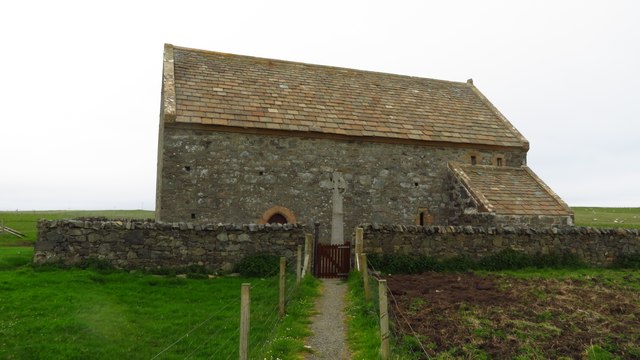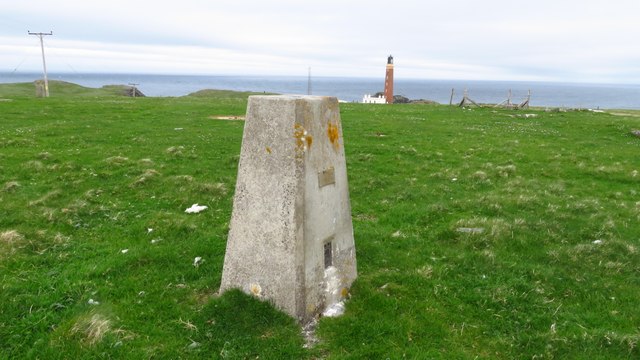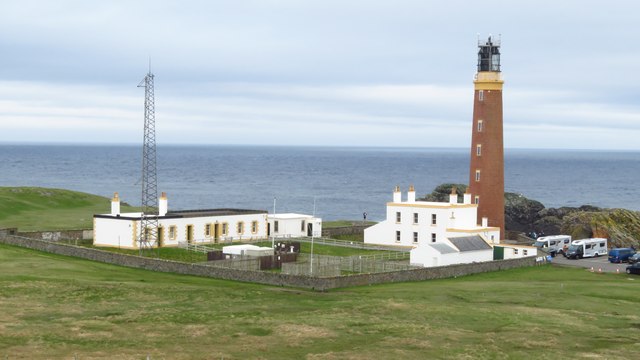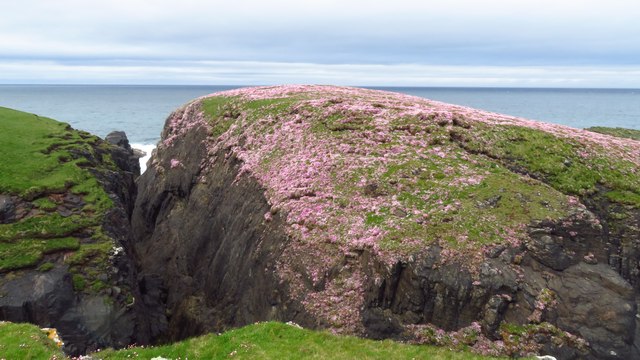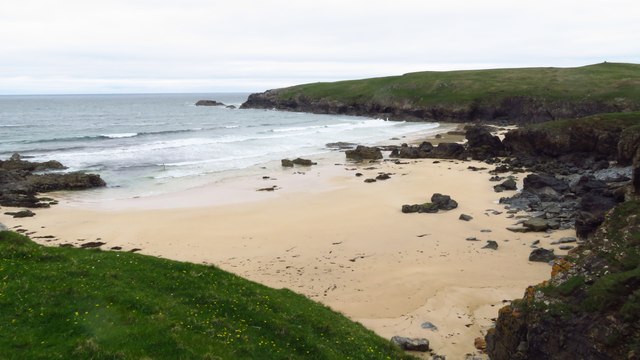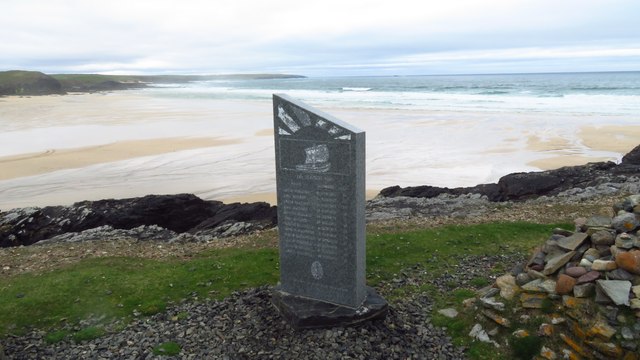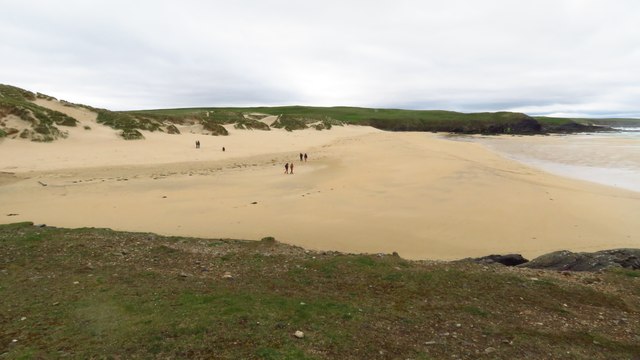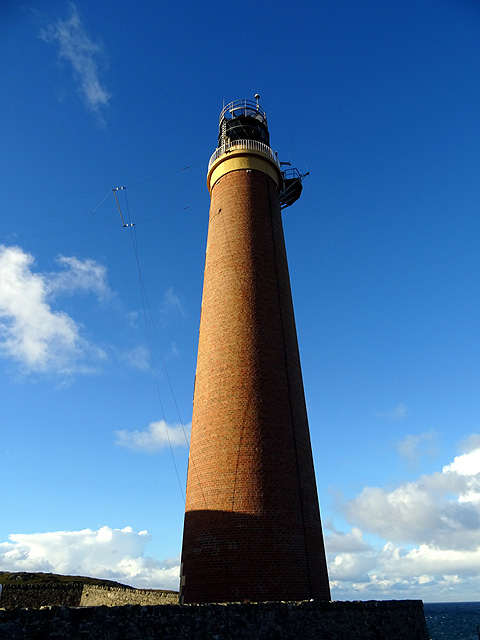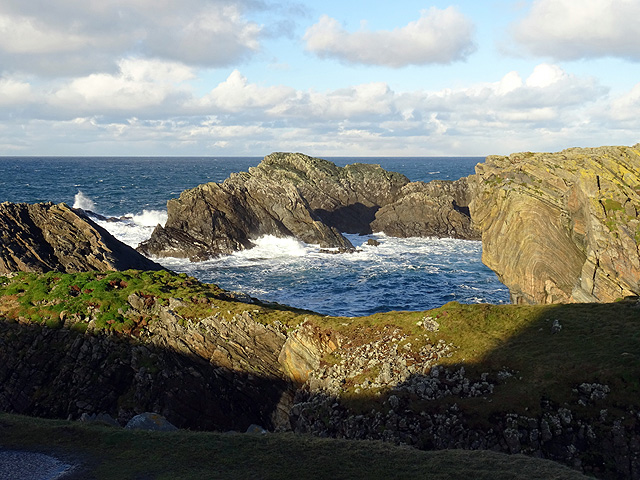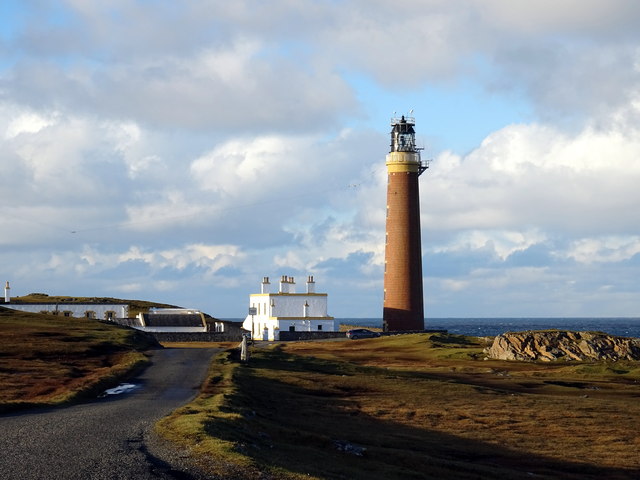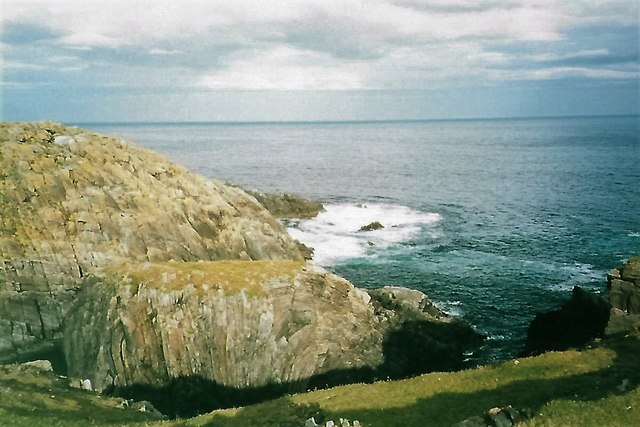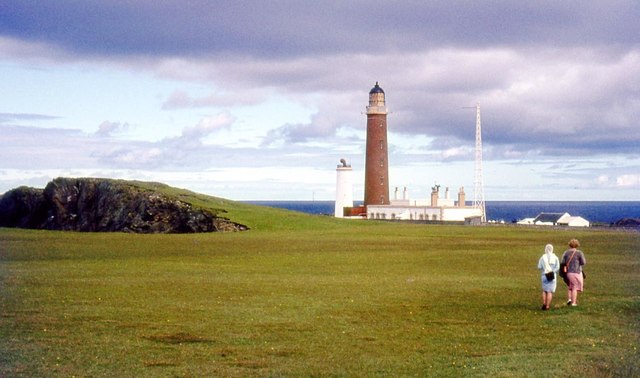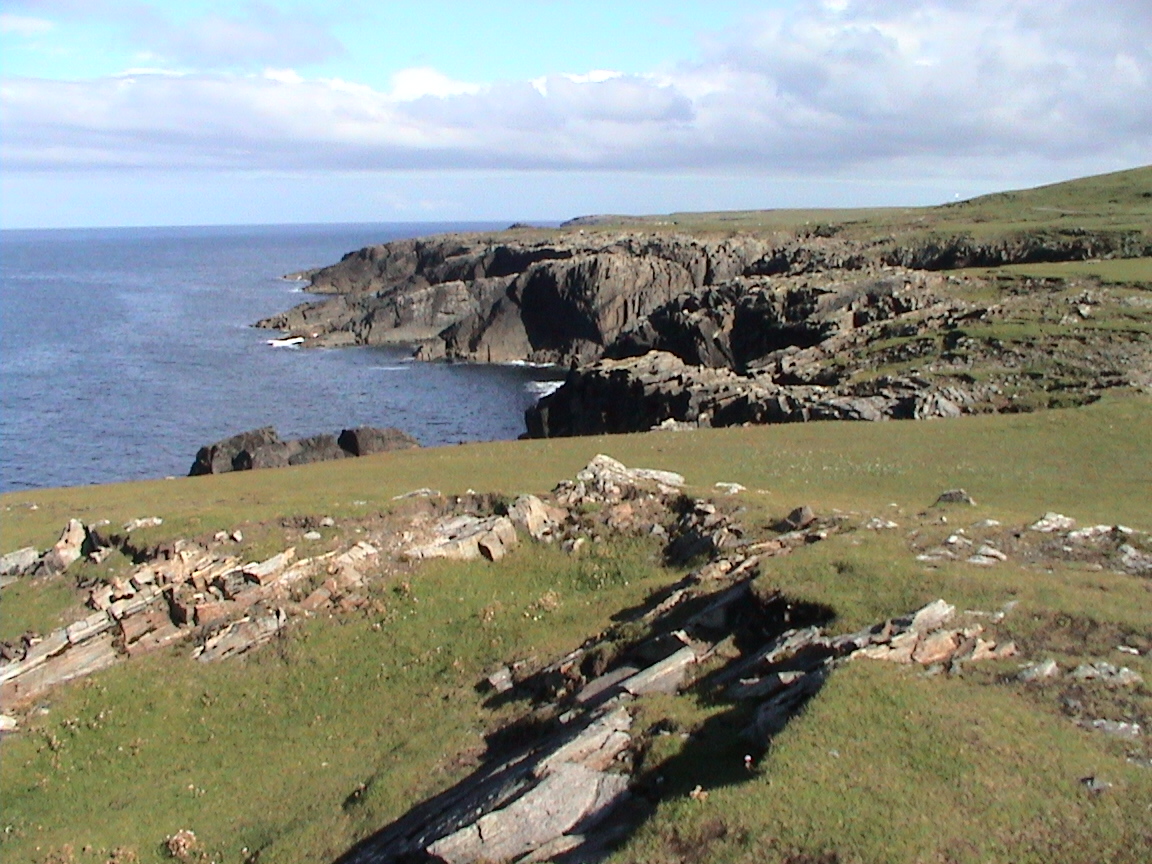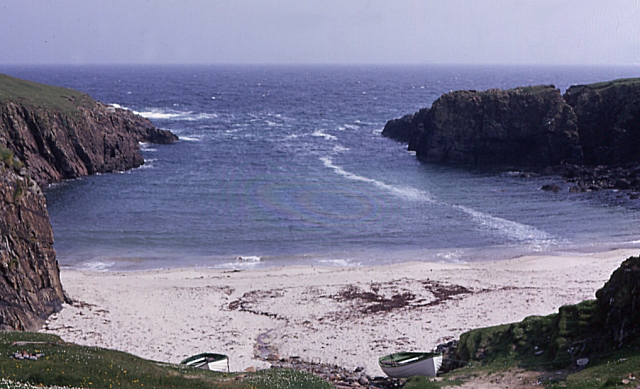Gealltuig
Island in Ross-shire
Scotland
Gealltuig
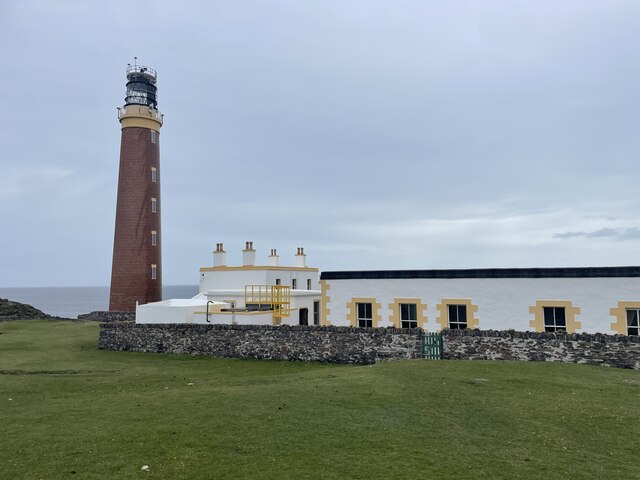
Gealltuig is a small island located off the coast of Ross-shire, in the Scottish Highlands. With a land area of approximately 2 square miles, it is a picturesque and secluded destination for nature lovers and those seeking tranquility.
The island is known for its rugged coastline, characterized by towering cliffs and rocky outcrops. These cliffs provide nesting sites for seabirds, including puffins, guillemots, and razorbills, making Gealltuig a haven for birdwatchers. The surrounding waters are also rich in marine life, attracting seals and dolphins, which can often be spotted from the shoreline.
Despite its small size, Gealltuig boasts diverse flora and fauna. The island is covered in moorland, heather, and native woodlands, providing habitats for a variety of plant and animal species. Exploring the island on foot, visitors may come across red deer, otters, and a myriad of bird species.
Gealltuig is accessible only by boat, adding to its remote charm. The island has no permanent residents, and there are no facilities or accommodations available. It is a place for day trips and outdoor activities, such as hiking, birdwatching, and picnicking.
Visitors to Gealltuig are advised to bring their own supplies, including food, water, and appropriate clothing for the changeable weather conditions. It is important to respect the island's delicate ecosystem and leave no trace behind.
In conclusion, Gealltuig is a beautiful and untouched island in Ross-shire, offering a unique opportunity to experience the raw beauty of the Scottish Highlands. Its rugged coastline, diverse wildlife, and serene atmosphere make it a must-visit destination for nature enthusiasts.
If you have any feedback on the listing, please let us know in the comments section below.
Gealltuig Images
Images are sourced within 2km of 58.507888/-6.283922 or Grid Reference NB5065. Thanks to Geograph Open Source API. All images are credited.

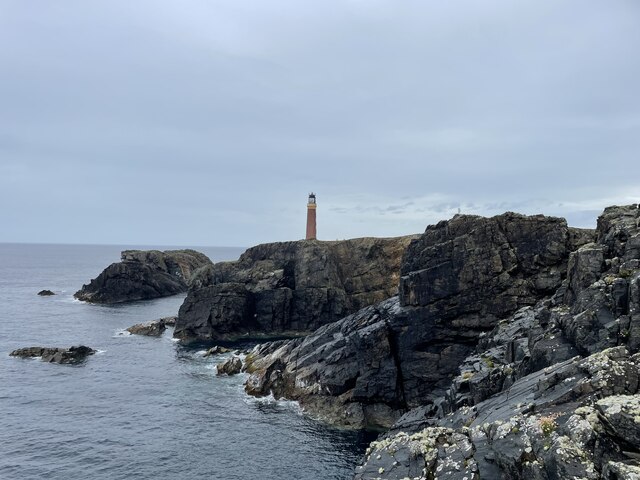
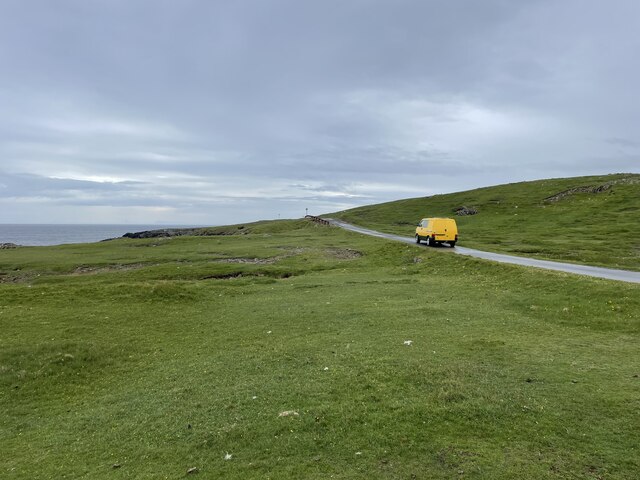
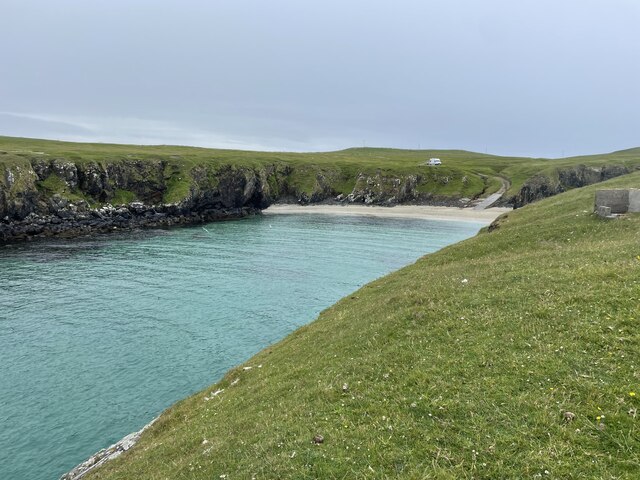
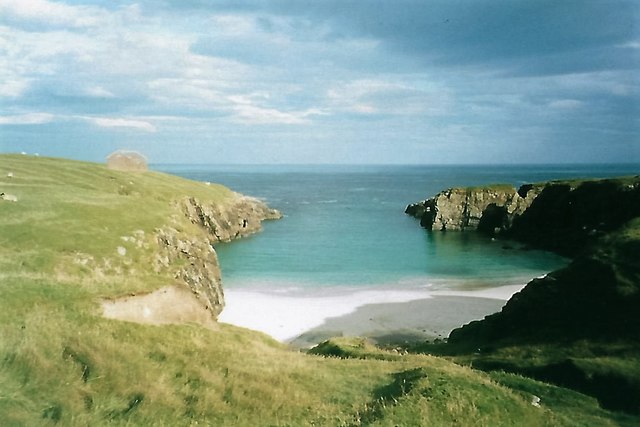
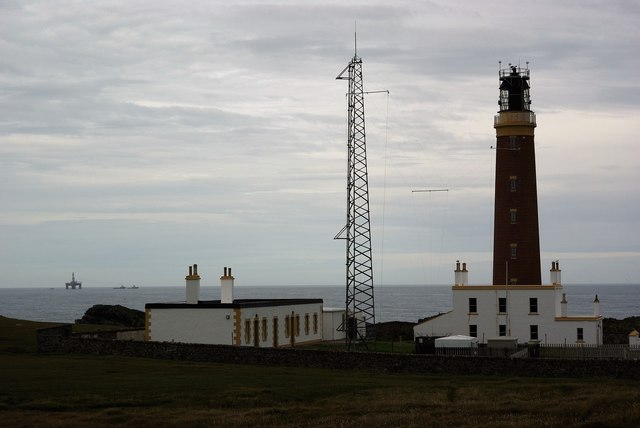
Gealltuig is located at Grid Ref: NB5065 (Lat: 58.507888, Lng: -6.283922)
Unitary Authority: Na h-Eileanan an Iar
Police Authority: Highlands and Islands
What 3 Words
///grunt.preoccupied.respect. Near North Tolsta, Na h-Eileanan Siar
Nearby Locations
Related Wikis
Related Videos
Isle of Lewis virtual tour | walking | Butt of Lewis | POV | walking videos | lighthouse | ASMR |
Join me for part 2 of my Ness adventure, a relaxing video of my walk around the Butt of Lewis on the Isle of Lewis, a windy and ...
Exploring the stunning Butt of Lewis and Stornoway | Outer Hebrides | Scotland
HikeWithHiiker #HebrideanWay Exploring Stornoway & Butt of Lewis with tough girl tribe member Isi @galopin82 ℹ️ Tuesday ...
Butt of Lewis Sea Birds
Isle of Lewis and Harris, Outer Hebrides, Scotland. Sept. 2023.
Nearby Amenities
Located within 500m of 58.507888,-6.283922Have you been to Gealltuig?
Leave your review of Gealltuig below (or comments, questions and feedback).
